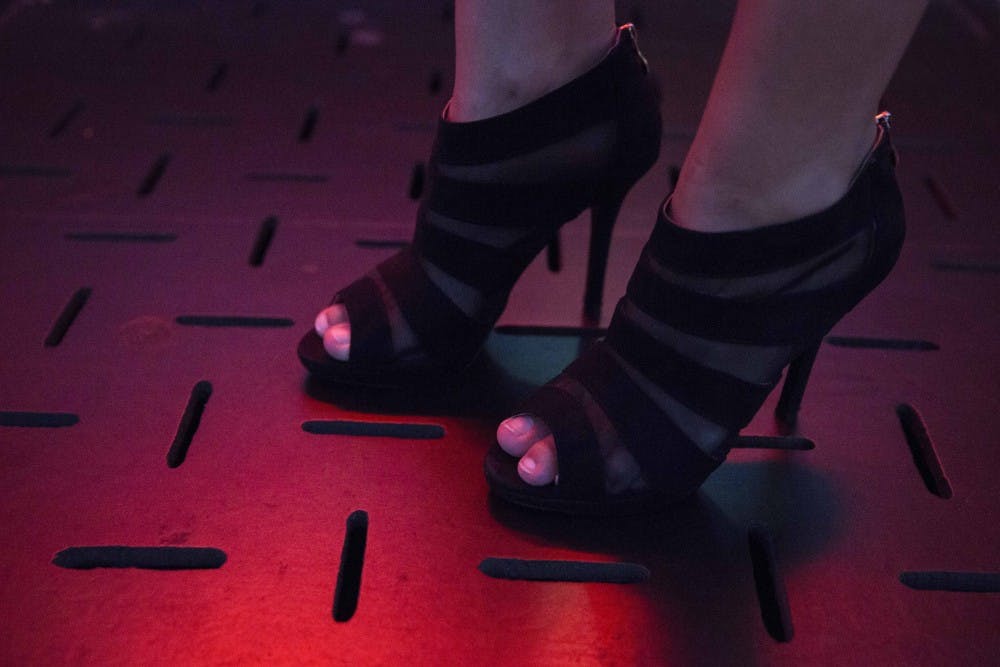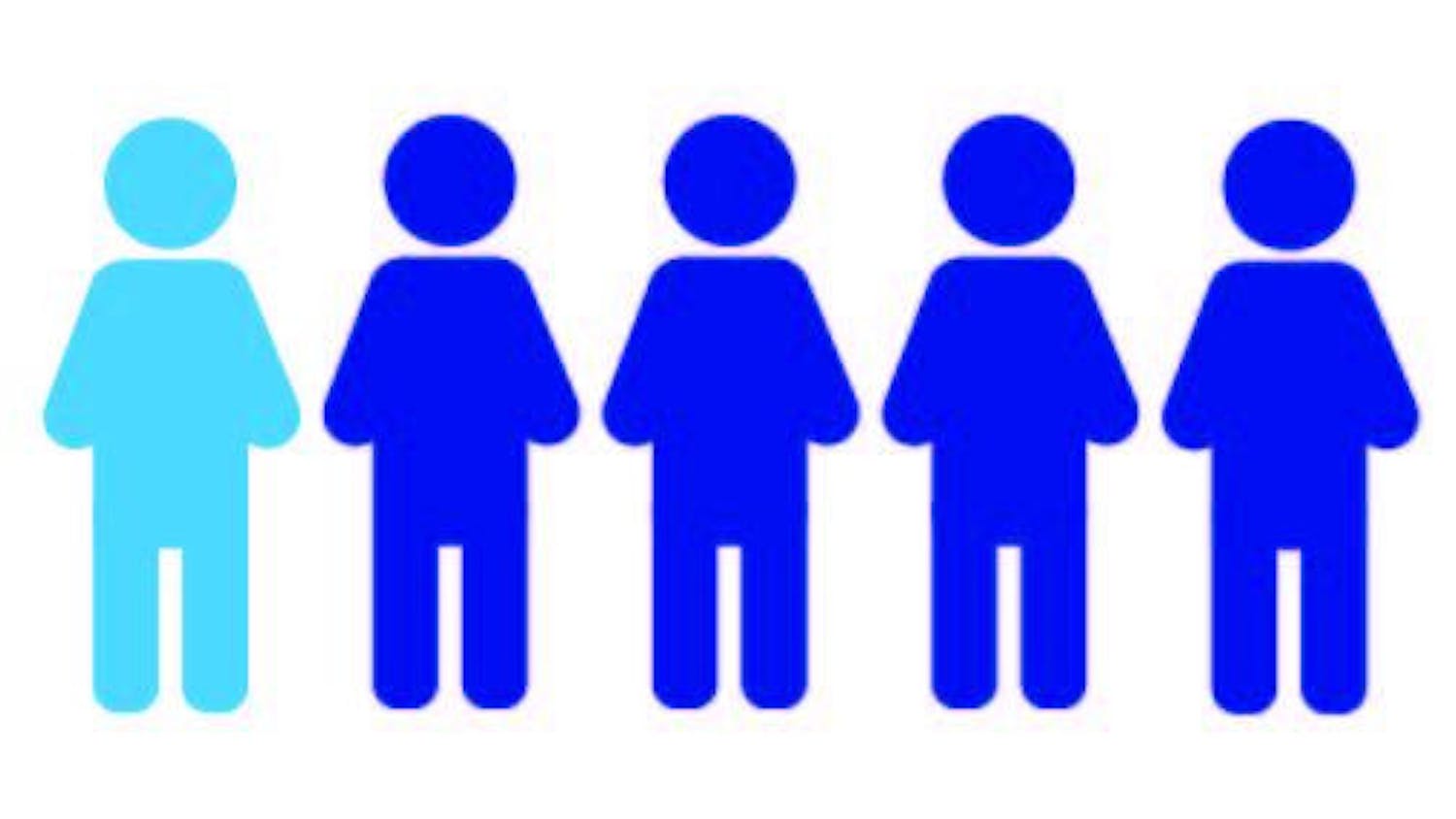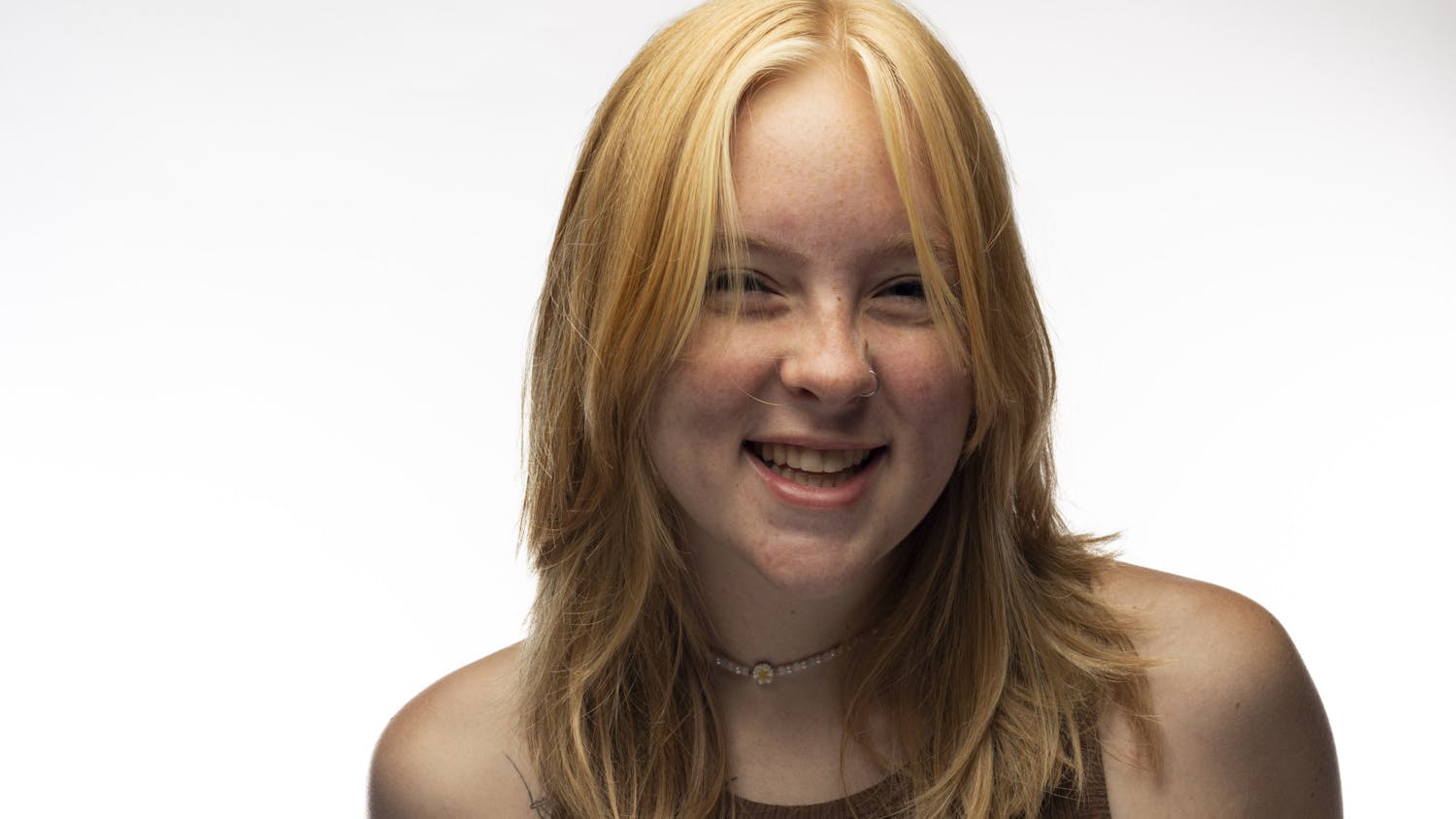The day after International Women’s Day, international human rights lawyer Amal Clooney delivered a speech at the United Nations urging the organization to launch an investigation into the crimes committed by the Islamic State in Iraq.
But instead of focusing on the topics being addressed by Clooney, several media publications chose to instead focus on her pregnancy, outfit choice and marriage to actor George Clooney.
Time has been criticized for its tweet focusing on Clooney’s “baby bump” with a link to an article on its sister site Time Motto, according to The Huffington Post.
Oh, c'mon. Better headline: Human rights lawyer Amal Clooney calls for action at U.N. against genocide and mass rape of the Yazidi people. https://t.co/KUGKW16XzX
— Nicholas Kristof (@NickKristof) March 10, 2017
@TIME Nice celebration of #WomensHistoryMonth, @TIME. Reduce a lawyer working to keep humanity civilized down to a baby-dispenser to be gawked at.
— Bill Flood (@Bill_Flood) March 9, 2017
Time Magazine: Pretty wife of famous actor shows up at the UN for some reason
— Yashar (@yashar) March 10, 2017
AP: Serious woman at UN to talk about serious things. pic.twitter.com/te4Vv1Edan
If by "show off her baby bump," you mean "visits the UN to encourage it to investigate allegations of genocide by ISIS," this is correct. https://t.co/p4XGILg5We
— Zack Stanton (@zackstanton) March 9, 2017
Julie Ciotola, a freshman studying journalism and nutrition, recalls discussing the topic during her women's, gender and sexuality studies class in a conversation about the disadvantages women face in the workforce. Among those disadvantages is the expectation for women to maintain their looks in order to be viewed as professionals, an expectation Ciotola believes has been reinforced by beauty products and the media.
“Everywhere you look you see the perfect woman, like skinny and beautiful,” Ciotola said. “Everyone just obsesses over that, that other (important) issues fly under the radar.”
However, the attention surrounding Clooney is not the first time media coverage of female figures has been criticized.
During the 2016 Summer Olympics, the coverage on the achievements of female athletes was being criticized as biased, according to The New York Times.
“It was never the female athlete’s name but who they were married to (and) who their partner was,” Eddith Dashiell, an associate director of undergraduate studies in the E.W. Scripps School of Journalism, said. “It was as if their success hinged totally on their male companion.”
A study done on gender diversity in covering sports found only 5 percent of articles covered female athletes while 35 percent of articles covered male athletes, according to the Pew Research Center.
“I don’t think there’s anything wrong with referring to someone as someone’s husband or wife,” Dashiell said. “The problem is when that is the only (or) primary focus.”
However, the attention on Clooney’s baby bump not only disrespected her as an accomplished professional in her field but also took the spotlight away from the “abuses she was trying to highlight,” Patty Stokes, an assistant professor in women's, gender and sexuality studies, said.
“The fact that she was (at the U.N.) certainly brought some star power to the issue but that all got deflected onto her baby bump (and) impending motherhood,” Stokes said. “It took attention away from a really important and disturbing story that she was trying to put out there.”
A possible reason for the media’s biases in covering female figures is due to a long tradition in patriarchal societies in which women are viewed as “tokens amongst power” and their sexual and reproductive abilities are controlled by male figures, Stokes said.
“I do think we are at a point where a lot of women are able to do really meaningful things in the world (and) are able to be leaders in various ways,” Stokes said. “But that old habit of thought (of) judging a woman in terms of their sexuality, … their potential attractiveness as a wife, a mother (or) girlfriend … that old habit of thought has not died, it’s still with us.”
Although the media does play a role in covering female figures in a particular light, Dashiell said society also plays an important role.
“Media, many times, reflect our culture and our society (and)... women have always been treated as sexual beings,” Dashiell said. “(In social events), they’ll introduce the male and it’s always ‘Mr. Smith with his lovely wife’ ... they never talk about ‘Mrs. Smith and her handsome husband.’ "
While Ciotola believes the way media covers female figures is improving, she believes there’s still more to be done.
“People are just so comfortable with (the way the media covers women) that they don’t see it as a problem because it’s just kind of like the accepted societal norm,” Ciotola said. “But I definitely think that we should talk about it more because it needs to be addressed.”






